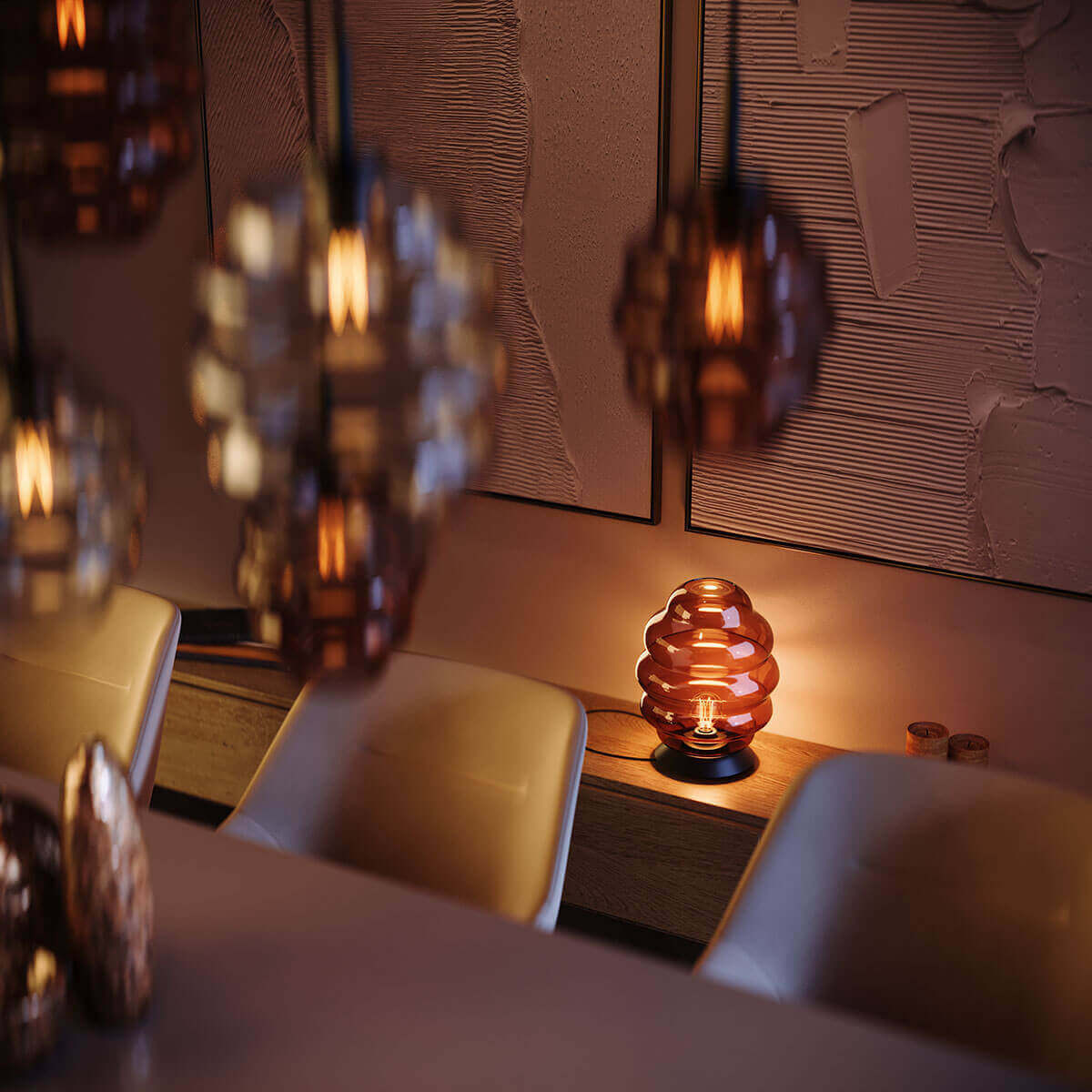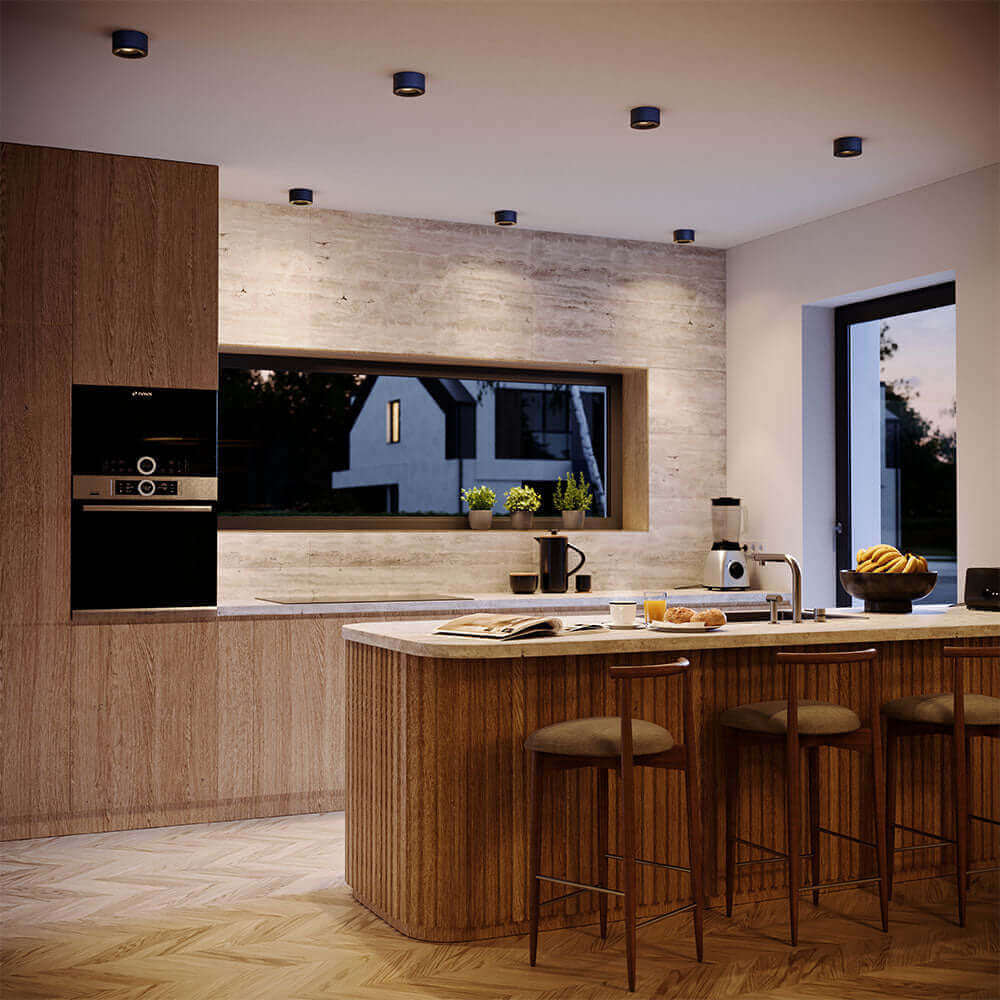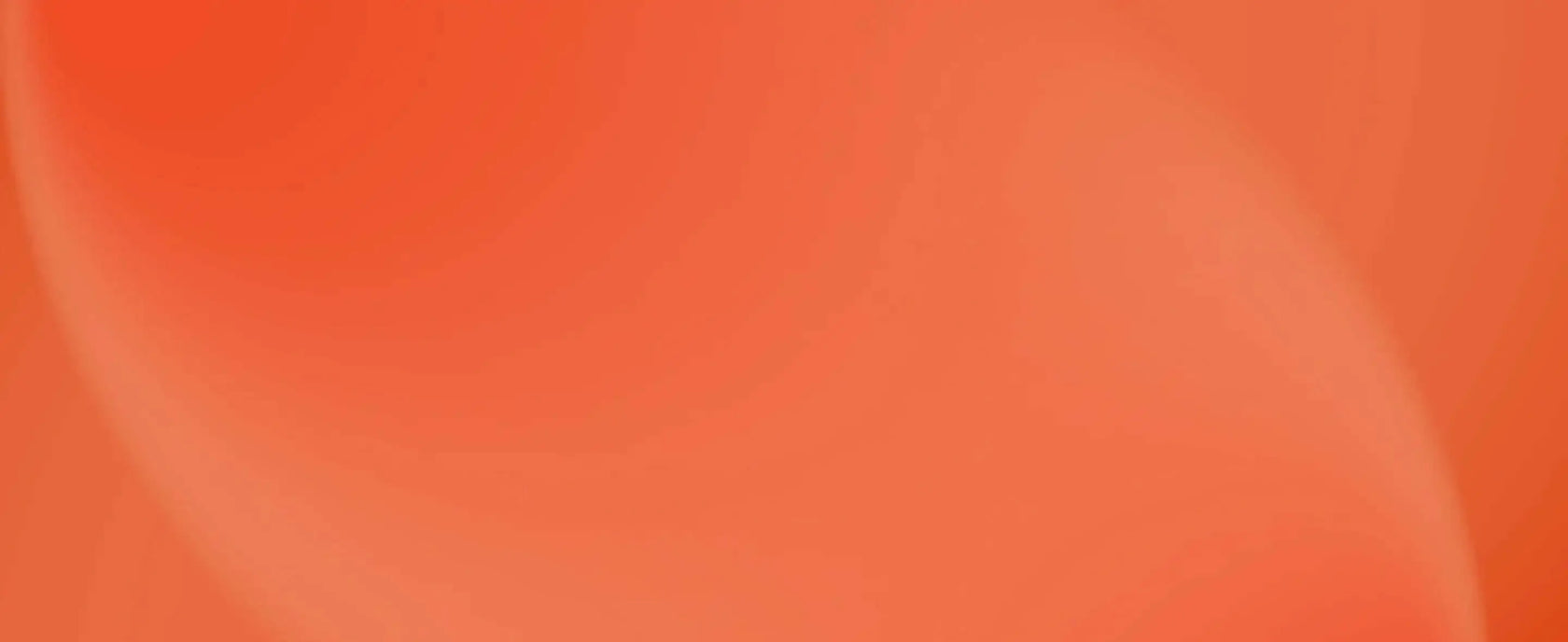Step 1: Get your lamp tools ready
The first thing you should do is get the right tools and have them ready so that you don't have to worry about lamp assembly to have to search for them during lamp installation. You need a stable ladderso that you can easily reach the power outlet if it is on the ceiling.
There is also a phase tester is also helpful for testing whether there is actually no current flowing through the cable. And a suitable screwdriver, a chandelier or wago clamp to connect the cables and, of course, the lamp with bulb are really indispensable.
You may also need to drill holes to attach the lamps, so you will need a drill, possibly even an impact drill for hard surfaces, as well as the right plugs and screws for the hole size. If you don't already have these at home, you can get them at any DIY store.
Tip: Get reinforcements. Another person to hold the ladder is always helpful for support.
Step 2: Switch off the power
Probably the most important step when connecting lamps, which you should never forget, is to switch off the power. The safest way to do this is to switch off the entire main circuit in the fuse box.
However, if you have to drill and your appliance still needs power, you can also just turn off the fuse that supplies the cables to be connected with power. Only when there is actually no more current flowing and you are protected from a dangerous electric shock can you move on to the next step in the lamp installation process.
Tip: Check the current flow with a phase tester (also known as a voltmeter). To do this, hold it directly to the cable to be checked and then press the button at the end: If current is still flowing, the phase tester lamp lights up red.
Step 3: Attach the mounting bracket
Depending on the lamp, it may have an additional mounting bracket to make it easier for you to connect the lamp. This is often the case with ceiling lights in which case this bracket must first be screwed directly to the ceiling or junction box.
Older houses in particular often do not have such junction boxes, but instead simply have a hole in the ceiling from which the cables for connecting the lamp protrude, which then makes direct ceiling mounting necessary - this is exactly the case where you have to drill holes to attach the lamp. If no extra mounting bracket is included with your newly purchased lighting, you can simply skip this step.
Tip: For direct wall or ceiling mounting, check the condition of the ceiling/wall beforehand. Depending on this, you may need different wall plugs or a hammer drill for hard concrete, for example. In addition, always check with the landlord beforehand whether drilling is permitted or not.
Step 4: Attach chandelier or wagon clamps
If a Wago or chandelier clip is not already attached to your ceiling cables, you now need to attach them yourself - don't worry, you don't need to be a handyman for this either! Simply loosen the screws on the clamp until the cables fit through and then tighten them again. This will help you sThis will help you later when connecting the cables from the lamp to those from the ceiling.
Tip: Never unscrew the small screws too much, otherwise they will fall out and quickly disappear due to their size.
Step 5: Connect the wires together
This step is probably one of the most important, because only if you connect the cables correctly when connecting the lamp will the lighting be supplied with power and finally light up. You have probably already noticed that three or at least two wires are hanging out of your power outlet: One is the protective earth conductor (PE), the so-called earthing in green-yellow or rarely also in yellow-red, which, however, is not always present in old buildings and therefore only lamps with protective insulation may be installed there.
Then there is the phase conductor (L), usually in brown or black, which is responsible for the current flow to the lamp, and last but not least the neutral conductor (N) in gray or blue, which then discharges the current again. If there are more than three wires, these are usually additional phases that do not need to be connected.
All other cables must now be connected to the matching color using the previously attached Wago or luster terminal. First insert the protective conductor into the terminal, then the neutral conductor and finally the phase conductor. Tighten the small screws again and you're done. When dismantling, the exact reverse order applies here.
Tip: Remember to connect the cables: Color must match color or like to like. So black to black, blue to blue, etc.
Step 6: Hang up the lamp
Last but not least, you need to mount the lamp by screwing it to the mounting bracket - the instructions usually describe exactly how to attach the lighting. Then screw the bulb into the lamp holder, if it is not already permanently installed, and you are finished with the lamp installation. Don't forget: Switch the power back on and test the light directly.
Tip: If there is a cable cover, try to hide the wires in it while pushing it up towards the ceiling.
If you still have questions about lamp installation, you can find more helpful videos and tips in our FAQs or simply contact our customer service directly or have our own skapetzte® installation service come to you - we are always happy to help.








